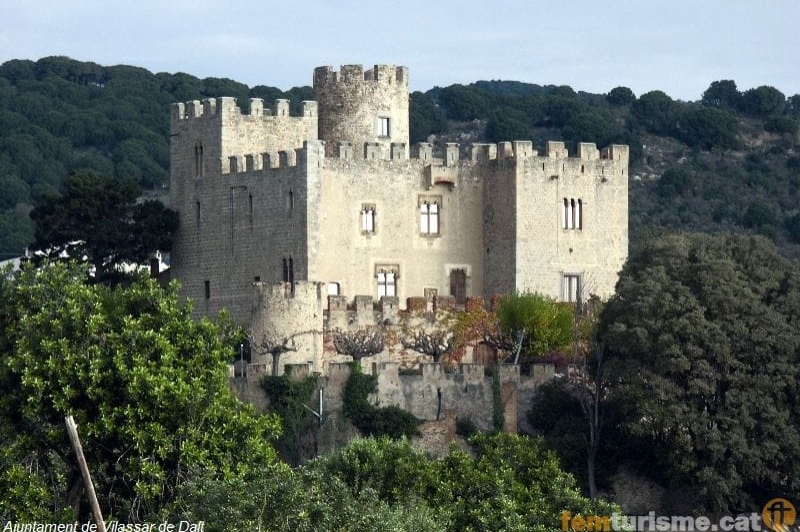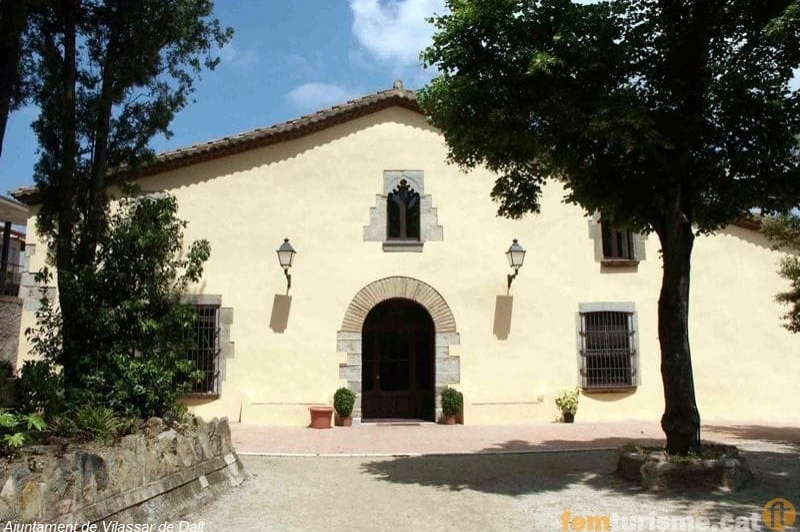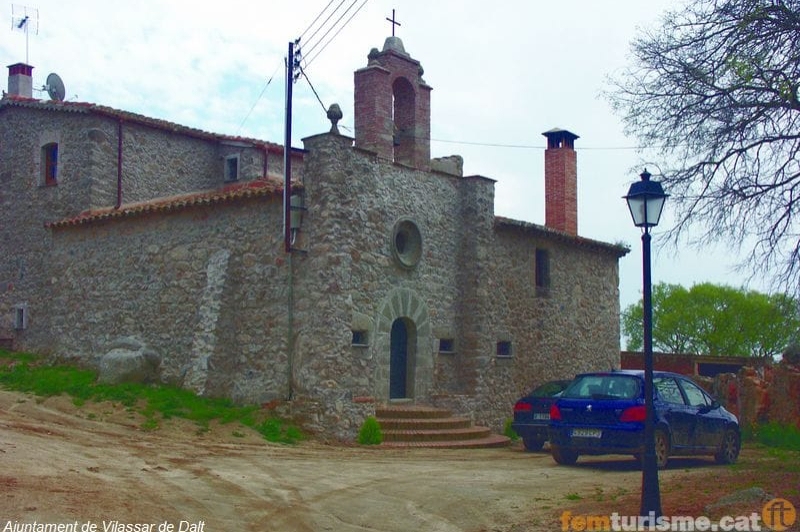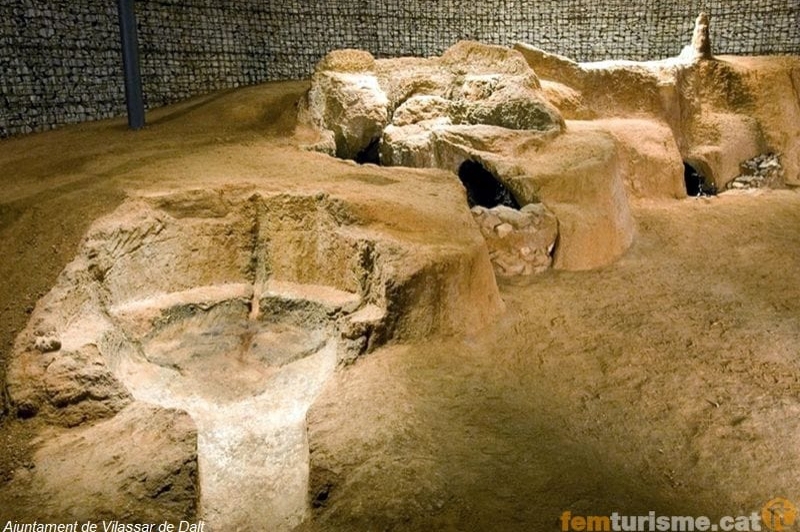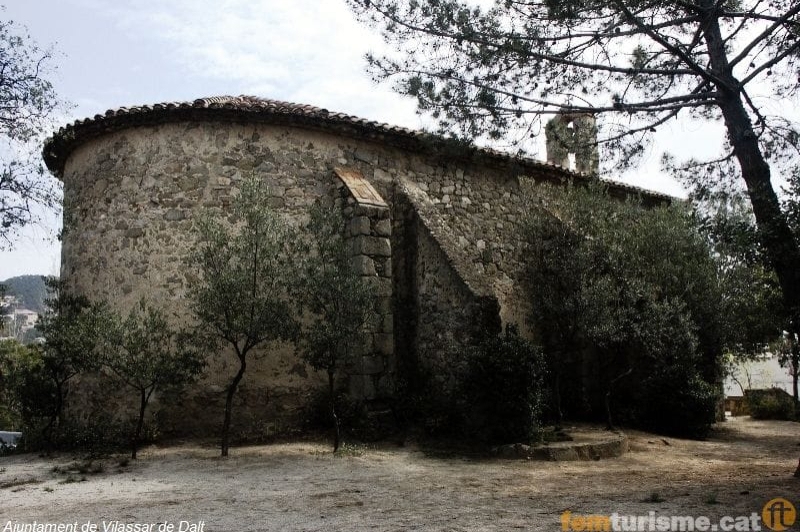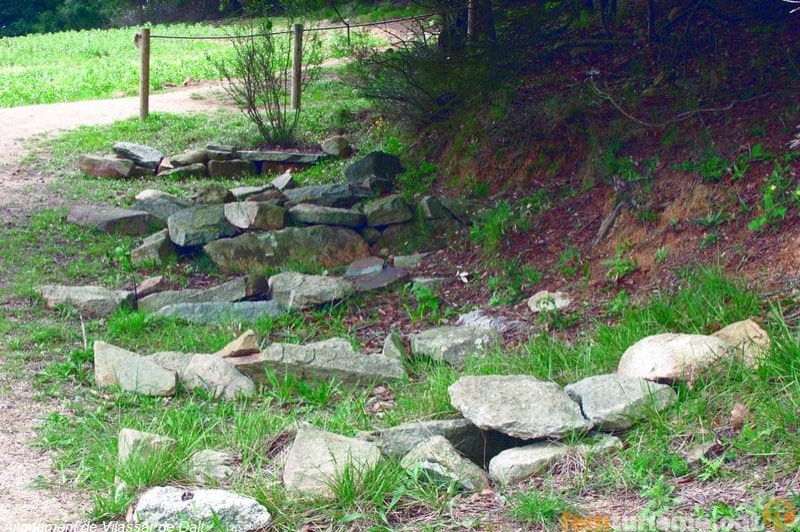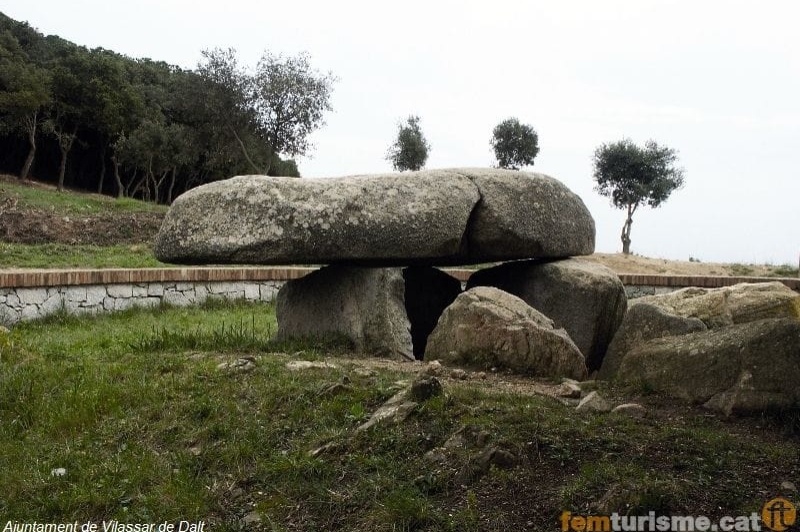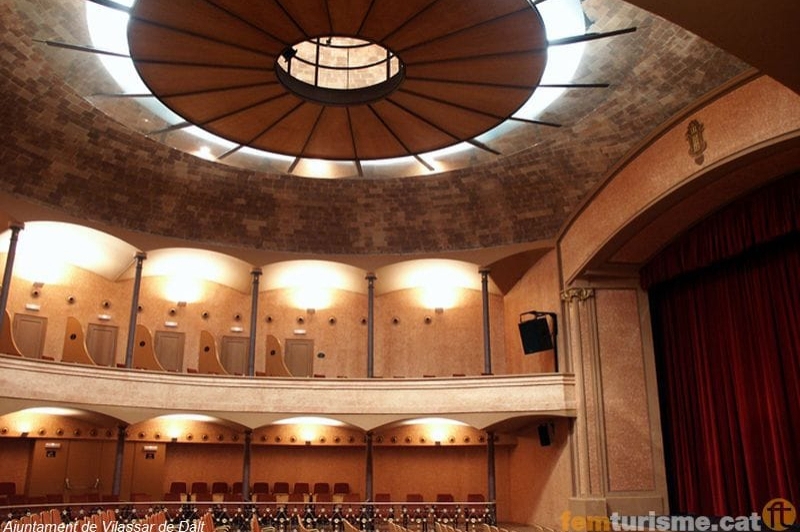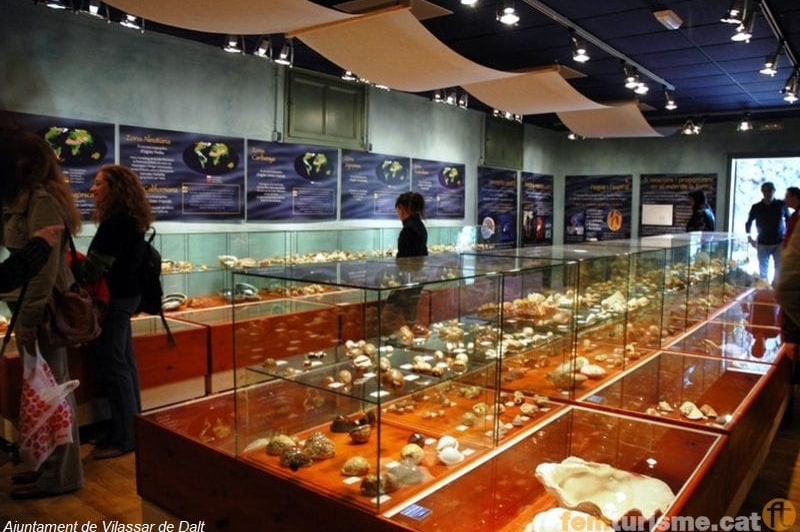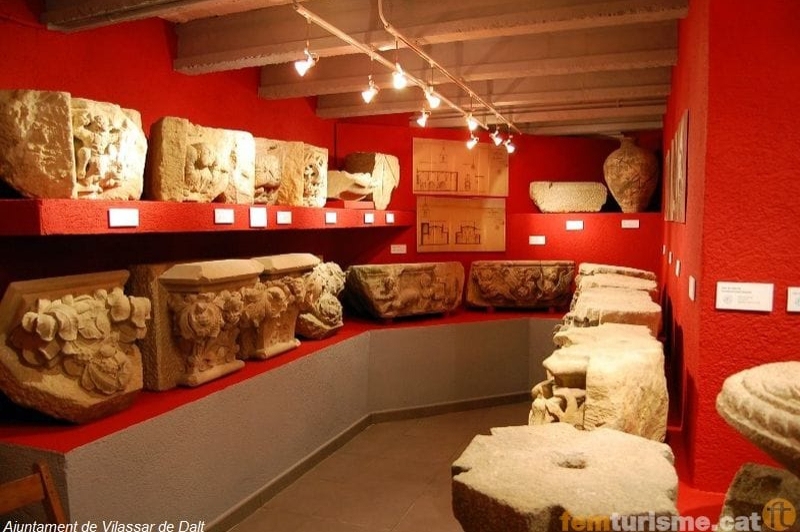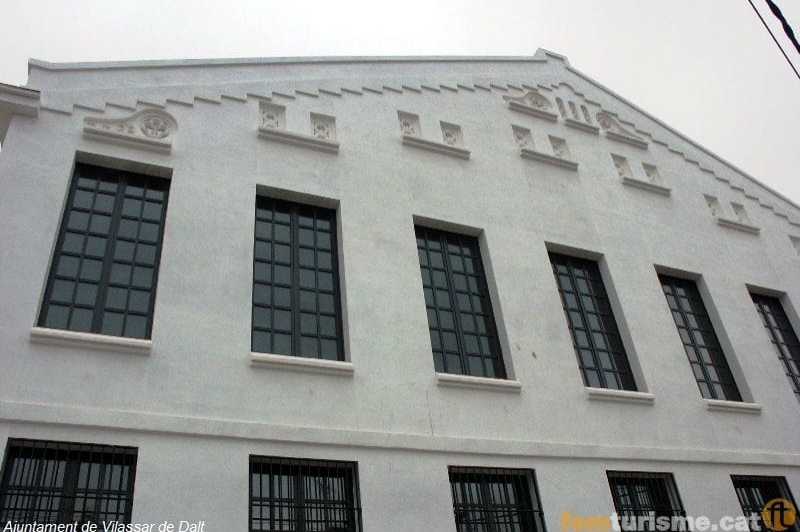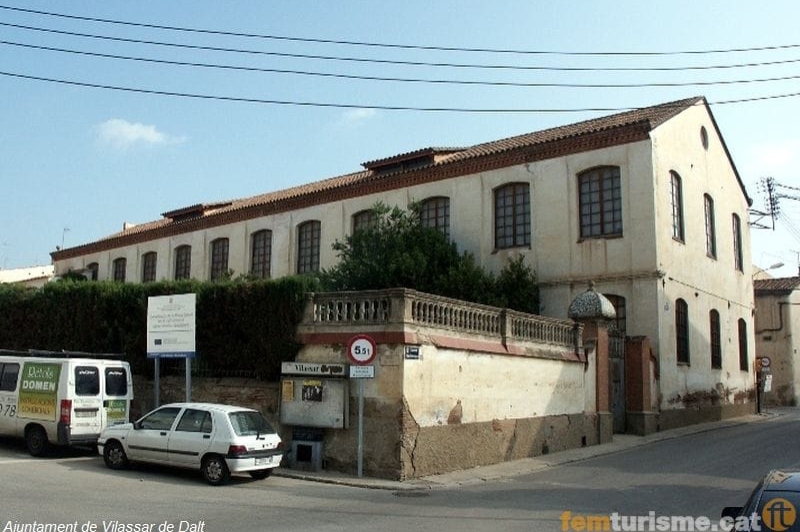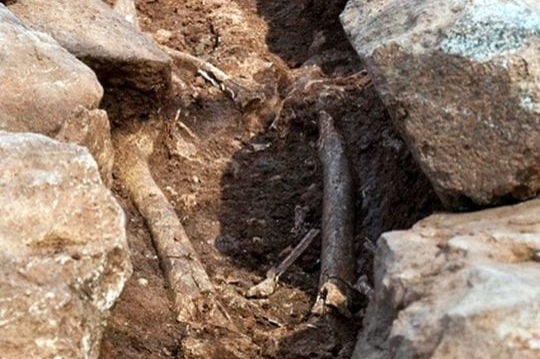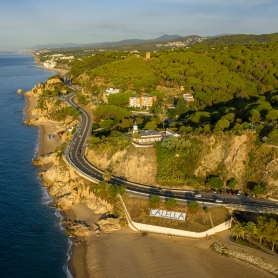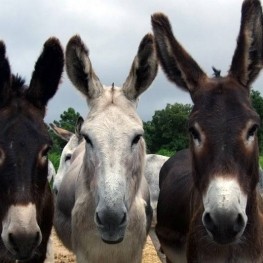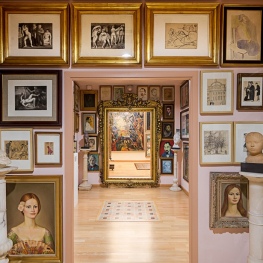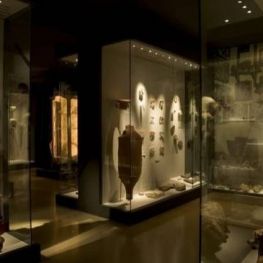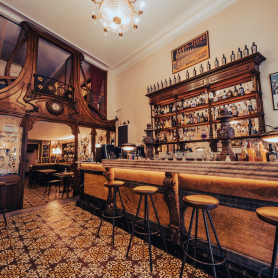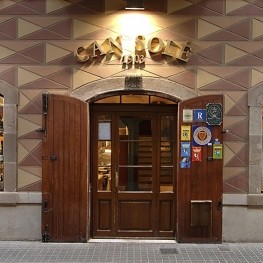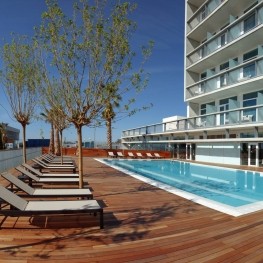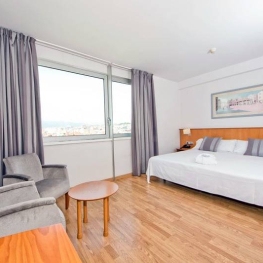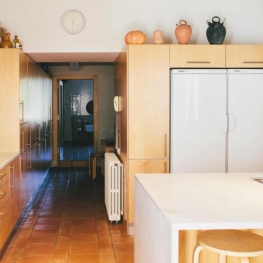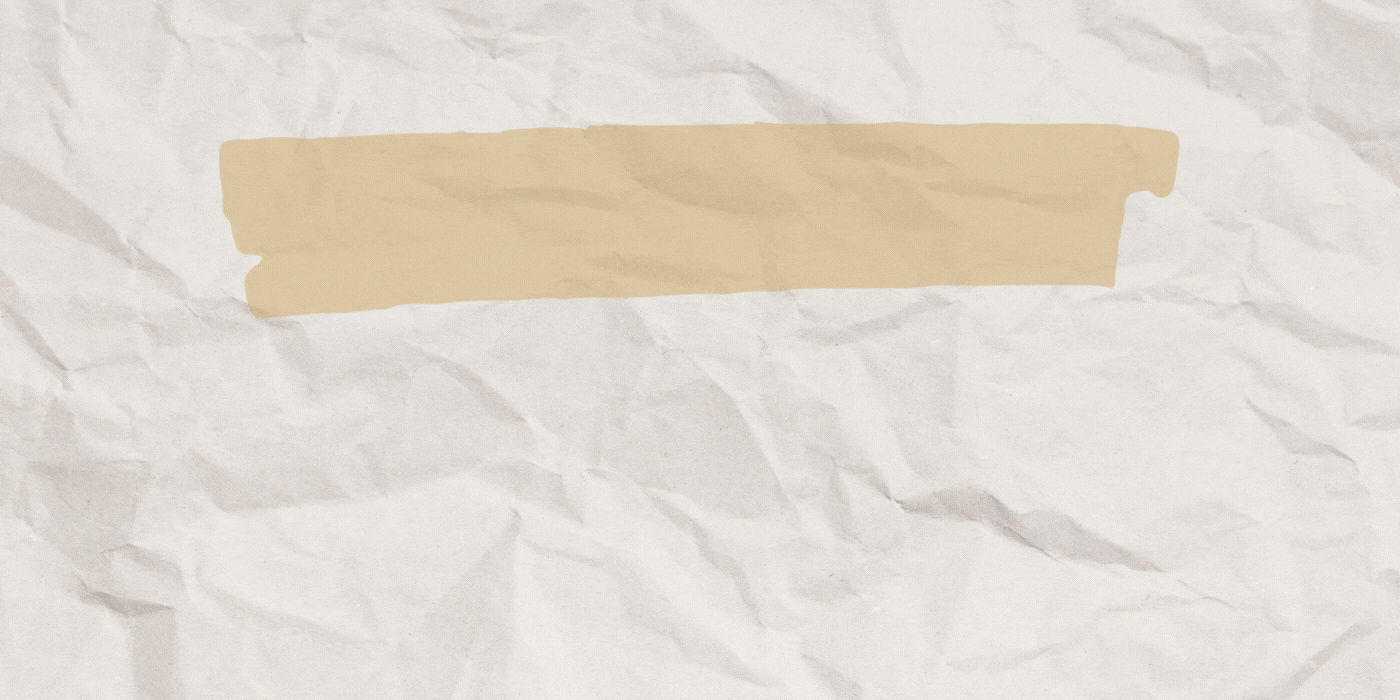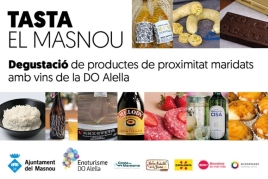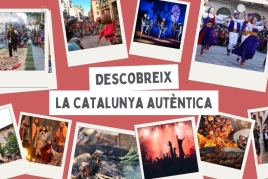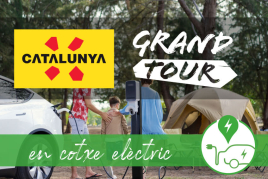Vilassar de Dalt
Vilassar de Dalt, Maresme Township, is a town with a rich network of associations with entities of cultural, sporting, educational, social and political. Often the reference entities are local activities that develop, but they are also an element of social integration, participation and coexistence.
Vilassar de Dalt is well served, as have a number of bus and train station, very close, in Vilassar de Mar
Origins Vilasar de Dalt
Samon explains Josep Forgas, in the municipal Vilasar de Dalt found several examples of the cultures and civilizations that inhabited this region before we said Vilassar.
On the crest of the coastal mountain range have been found prehistoric remains interesting (the caves of the Frog, Paul, John, in Serdinya rock ...) and without departing from the road we can see the dolmen of the Rock d ' in Toni and lime menhir Camat.
From the Roman era are preserved unique Fornaca ovens. In the High Middle Ages found the necropolis of the plains of Ca'n Boquet, near the dolmen, and the Romanesque apse of the chapel of Sant Salvador, Can Boquet.
From the first documentary proof of a place called Villazari (year 978), we can place what was the embryo of the current Vilassar de Dalt. Initially should be only a few houses clustered around the parish church and a tower over the centuries would become Vilassar Castle.
The predominant activity was almost exclusively agrarian therefore speak of a Vilassar de Dalt peasant who arrive until the first half of the sixteenth century.
The fourteenth and fifteenth centuries saw the castle grow almost as fast growing aspirations of vilassarencs for free from feudal.
In 1480 Vilassar was incorporated to the Crown and consolidated community organization, municipality or university.'s New situation and social changes following decades materialized in the demolition of the original parish church, surely Romanesque style to build another Late Gothic (1511-1519). In the corbels of the door of the church was carved shield with four bars of count-king of Catalonia, a symbol of belonging to the royal jurisdiction.
The Vilassar de Dalt Menestral
In the second half of the sixteenth century Vilassar began to modify its rural appearance. At the core is still built some new farms (Cal Doctor, can Pujolar, Can Coll, Can Bruguera ...) but the builder was pushing with houses aligned and sew one aimed at the burgeoning artisan class devoted to various trades (carpenters , teachers houses, glaziers, tailors, coopers, linen weavers ...) and who would employ laborers.
The street and the street Nou d'en Pujol or Canuda (now Anselm Clave) are the first streets well structured, and also will form the streets of la Teja, San Miguel, de la Riera, Mar, del Carmen , San Antonio ...
The centuries of the modern age called up the Vilassar de Dalt artisan, which concentrate the activities of these professionals with institutions like the parish and rectory, the Common or university, the weekly market ... and services such as notaries and clerks, surgeons, apothecaries, school boys, the butcher, the baker, the tavern, the hospital for the poor ...
Vilassar de Dalt is also the administrative center of a municipality and a parish with other neighbors: Neighborhood Neighborhood Cabrils and Santo Cristo (low Montcabrer)-which remain scattered and basically grouping and the new agricultural-Mar Neighborhood , doomed to live mainly on fishing and maritime traffic or the Royal Road. However, in the aftermath of this stage Vilassar neighbors Cabrils Mar and Municipal emancipation claim.
The Industrial Vilassar de Dalt.
From the first third of the nineteenth century, urban evolution Vilasar de Dalt was conditioned by the establishment of many factories, which were grown in the number of inhabitants. Originally the factories were mounted in any available space or any local downtown minimally fit, but soon built the first industrial buildings and new streets were built arena houses for mill workers.
No longer used every occupied space but land to build new homes and new factories, activity will not cease nor the overall textile collapsed 1970s.
The industrial Dalt Vilassar developed for one hundred and fifty years, and in addition to some factory buildings, we have a number of events: the local social institutions such as mutual and Vilassarenc Center - the mass, the star, the Rajolers, the Casal, Alliance Center - the Casinet, the Cooperative Casal or Fraternal, Casa de la Villa, the nuns school for boys and girls; unified public school building to Ca'n Pons Road, and the numerous houses "of masters" made ??by local landowners and industrialists or businessmen Indians and foreigners.
During the Spanish Civil War moved the old hospital of San Pedro in a nursing sailors then without opening, built in the old farmhouse Pons and Arenas. After the war, he began the demolition of the old Gothic church and the construction of the present. A mid-twentieth century the old hospital was demolished and its site became Feliu Anton Gardens.
The structure housing the factories and industrial Dalt Vilassar remained largely unchanged until hatching demographic of the past three decades, despite the proliferation of developments for first and second homes around the town center. Today, old factories are transformed or demolished to build new homes or facilities.
Routes
Vilassar de Dalt, offers a number of heritage routes so that people can enjoy and get excited again with the Maresme, while watching his museum, the castle, furnaces and Roman sites, mills, urban and mountain farms, houses, factories and wineries.
Some of these routes include food, wine tasting and ballroom dancing.
You can inform on:
http://www.vilassardedalt.org/descobrirvilassar
Twinning
Vilassar de Dalt is twinned since 1987 with "Joyeusse" a small town in the Ardèche department in France. The origin of this partnership is in the interest of an association Occitan located in a small French village of interior, twin with a town of the Catalan coast, linguistic proximity and proximity to the sea.
In 2010 a delegation of the Mayor, councilors and members of the Twinning Committee, traveled to the town of Montdavio, a small town in the Marche region in Italy, to formalize also twinning.
Nearby routes
See all routes »- Squirrel route in Premià de Dalt (a 1.7 km)
- Following the work of Puig i Cadafalch… (a 5.4 km)
- Know El Masnou, land of the sea (a 5.5 km)
- Route for adventure parks in Catalonia (a 7.5 km)
- Picnic in Barcelona area (a 7.5 km)
What to do
Museu Abelló de Mollet del Vallès
Mollet del Vallès (a 12.2 Km)The Abelló Museum is located in a modernist building that was inaugurated…
Museu Arxiu Tomàs Balvey
Cardedeu (a 13.3 Km)The MATBC houses the collection of its creator, Tomàs Balvey y Bas…
Where to eat
Taverna ümet
Sabadell (a 21.4 Km)Taverna Ümet is a restaurant in Sabadell offering creative tapas and flavorful…
La Calma, el Bellver
Tagamanent (a 27.4 Km)At the Masía Restaurante El Bellver, from 1:00 p.m. to 3:30 p.m.,…
Bar Muy Buenas
Barcelona (a 22.1 Km)Few words better define Muy Buenas than "coherence." Purely modernist decor, restored…
Where to sleep
Atenea Port Barcelona Mataró
Mataró (a 7.2 Km)A new hotel located in the port of the maritime city of…
Aparhotel Atenea Vallès
Granollers (a 11.1 Km)The Atenea Valles Aparthotel Granollers is located in the commercial center of…
Ca l'Andreu Ecoturisme
Tiana (a 7.9 Km)Spending a few days in an authentic 15th-century farmhouse is priceless. Renovated…
Casa de Colònies Mogent
Llinars del Vallès (a 14.5 Km)Welcome to the Mogent Colony House! A magical place where children and…

